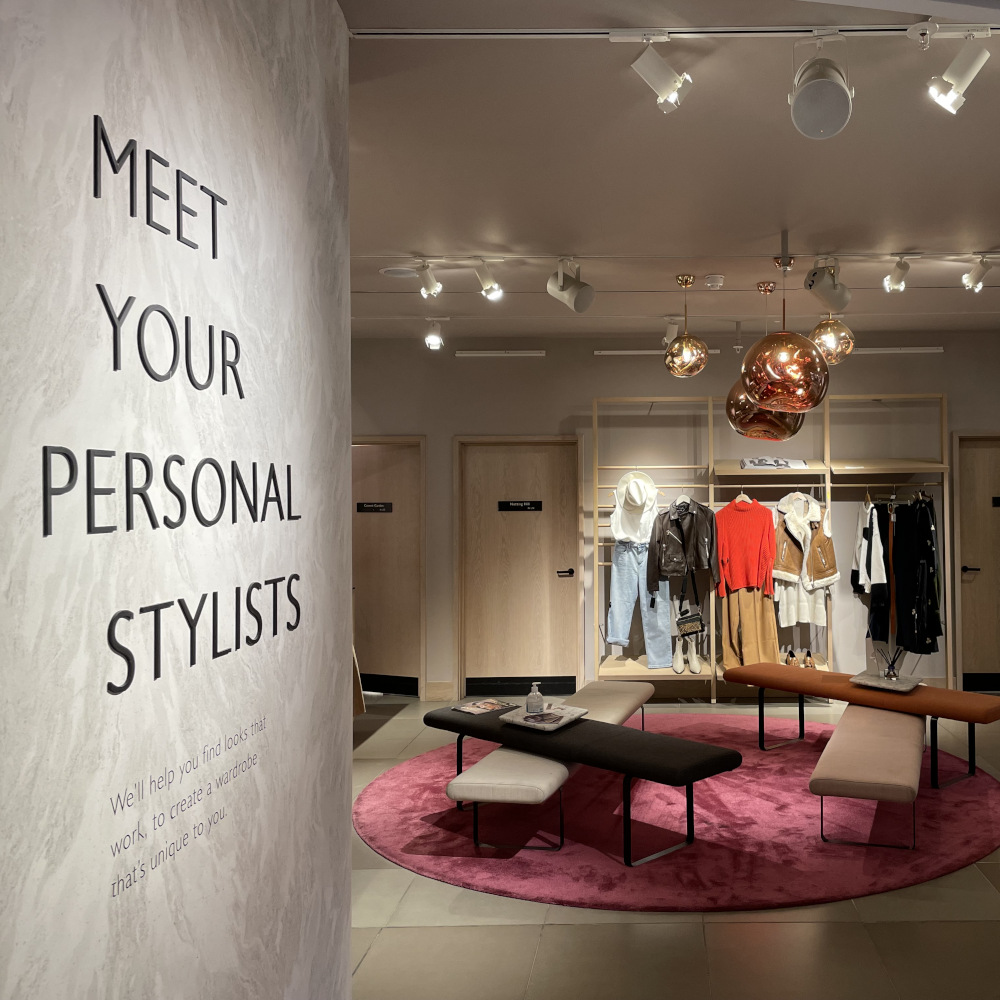In today’s fast-paced world, the way we shop for fashion is undergoing a revolutionary change, thanks to AI-driven personal styling. This innovative approach leverages advanced algorithms and machine learning to create tailored shopping experiences that cater to individual preferences and body types. By analyzing vast amounts of data, AI can recommend outfits that not only enhance personal style but also save time and reduce the stress often associated with shopping. As we delve deeper into this topic, you’ll discover how technology is reshaping the retail landscape and making fashion more accessible than ever before.
Throughout this article, we will explore the various facets of AI-driven personal styling, including its impact on consumer behavior and the retail industry. You’ll learn about the tools and technologies that power these personalized experiences, from virtual fitting rooms to style recommendation engines. Additionally, we will discuss the benefits of using AI in fashion, such as increased customer satisfaction and improved sales for retailers. By the end of this journey, you’ll have a comprehensive understanding of how AI is not just a trend but a transformative force in the world of shopping.
So, if you’re curious about how AI-driven personal styling can enhance your shopping experience and want to stay ahead in the ever-evolving fashion landscape, keep reading! This article promises to provide valuable insights and practical tips that will empower you to make informed fashion choices, ensuring you look and feel your best with every purchase.
The Rise of AI in Fashion Retail
The integration of artificial intelligence in fashion retail has revolutionized the way consumers shop. With the ability to analyze vast amounts of data, AI can predict trends, understand consumer preferences, and personalize shopping experiences. Retailers are increasingly leveraging AI technologies to enhance customer engagement and streamline operations. This shift not only improves sales but also fosters brand loyalty among consumers who appreciate tailored experiences.
As AI continues to evolve, its applications in fashion retail are becoming more sophisticated. From virtual fitting rooms to personalized recommendations, AI-driven tools are reshaping the shopping landscape. Retailers that adopt these technologies are better positioned to meet the demands of modern consumers, who expect convenience and personalization in their shopping journeys.
Personalized Recommendations: How AI Knows Your Style
One of the most significant benefits of AI-driven personal styling is the ability to provide personalized recommendations. By analyzing user data, including past purchases, browsing behavior, and even social media activity, AI algorithms can suggest items that align with individual tastes. This level of personalization enhances the shopping experience, making it more enjoyable and efficient for consumers.
Moreover, personalized recommendations can lead to increased conversion rates for retailers. When customers receive suggestions that resonate with their style, they are more likely to make a purchase. This not only boosts sales but also reduces the likelihood of returns, as customers are more satisfied with their choices. As AI technology continues to advance, the accuracy and relevance of these recommendations will only improve.
Virtual Try-Ons: Bridging the Gap Between Online and In-Store Shopping
Virtual try-on technology is another exciting development in AI-driven personal styling. This innovation allows customers to visualize how clothing items will look on them without physically trying them on. By using augmented reality (AR) and AI, retailers can create immersive shopping experiences that mimic the in-store environment. This technology is particularly beneficial for online shoppers who may be hesitant to purchase clothing without trying it on first.
Virtual try-ons not only enhance customer confidence but also reduce the rate of returns, which is a significant challenge for online retailers. By providing a more accurate representation of how items will fit and look, customers can make informed decisions, leading to higher satisfaction rates. As this technology becomes more widespread, it is likely to become a standard feature in online shopping platforms.
The Role of Data Analytics in Personal Styling
Data analytics plays a crucial role in the effectiveness of AI-driven personal styling. By collecting and analyzing data from various sources, retailers can gain insights into consumer behavior and preferences. This information is invaluable for creating targeted marketing strategies and improving product offerings. Retailers can identify trends, understand customer demographics, and tailor their inventory to meet the needs of their audience.
Furthermore, data analytics enables retailers to refine their AI algorithms continuously. By monitoring the performance of personalized recommendations and virtual try-ons, businesses can make data-driven adjustments to enhance user experiences. This iterative process ensures that the AI systems remain relevant and effective, ultimately leading to better customer satisfaction and increased sales.
Future Trends in AI-Driven Personal Styling
The future of AI-driven personal styling is bright, with several emerging trends poised to shape the industry. One notable trend is the increasing use of machine learning algorithms to enhance personalization further. As these algorithms become more sophisticated, they will be able to predict consumer preferences with greater accuracy, leading to even more tailored shopping experiences.
Additionally, the integration of AI with other technologies, such as blockchain for secure transactions and sustainability tracking, will likely become more prevalent. Consumers are becoming more conscious of their purchasing decisions, and retailers that can provide transparency and ethical sourcing will gain a competitive edge. As AI continues to transform the fashion retail landscape, staying ahead of these trends will be essential for businesses looking to thrive in a rapidly changing market.
| Aspect | Description |
|---|---|
| Introduction | AI-driven personal styling utilizes advanced algorithms to enhance the shopping experience by providing tailored recommendations based on individual preferences and body types. |
| Personalization | Through data analysis, AI can understand customer preferences, suggesting outfits that align with their style, size, and occasion. |
| Virtual Try-Ons | AI technology enables virtual fitting rooms, allowing customers to visualize how clothing will look on them without physically trying them on. |
| Enhanced Customer Engagement | AI tools can engage customers through chatbots and virtual assistants, providing instant support and styling advice. |
| Inventory Management | AI helps retailers manage inventory more efficiently by predicting trends and customer demand, ensuring popular items are always in stock. |
| Data-Driven Insights | Retailers can leverage AI to gather insights from customer interactions, improving marketing strategies and product offerings. |
| Conclusion | AI-driven personal styling is revolutionizing the retail landscape, making shopping more personalized, efficient, and enjoyable for consumers. |



